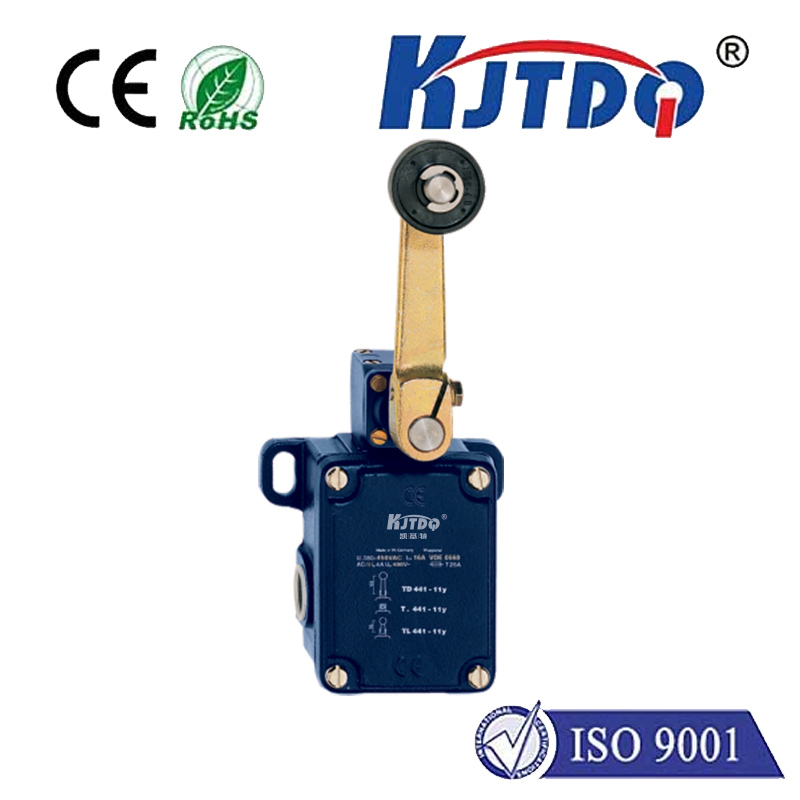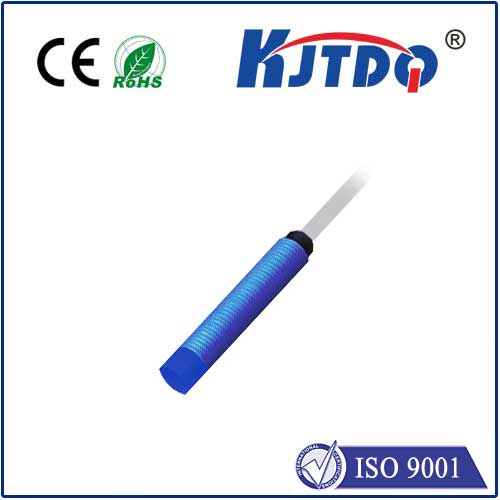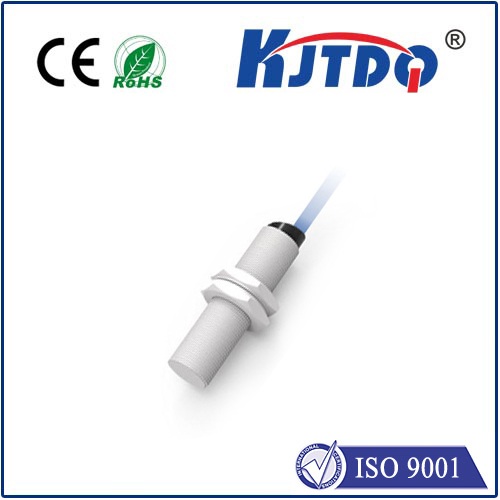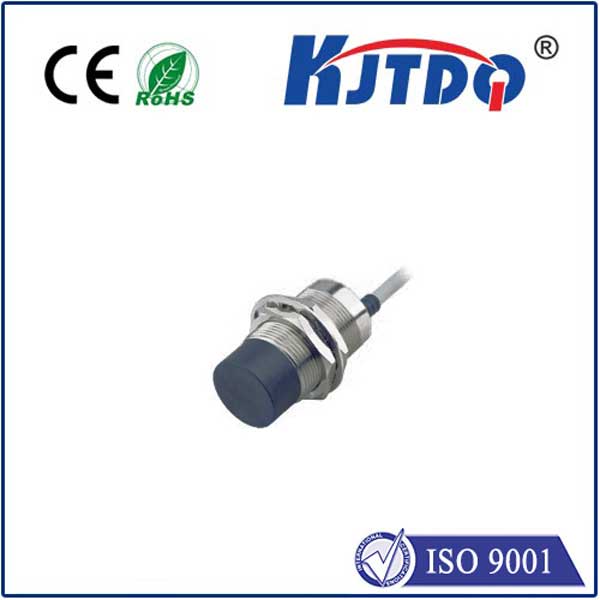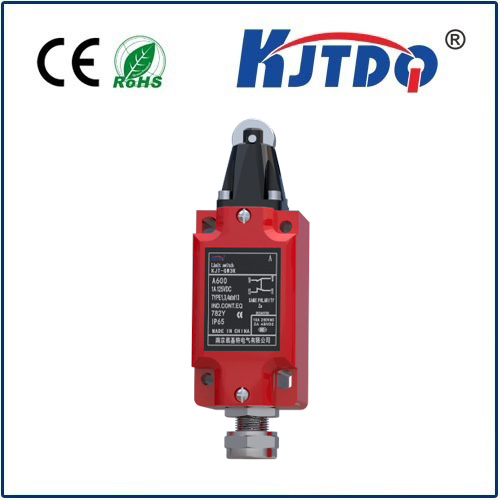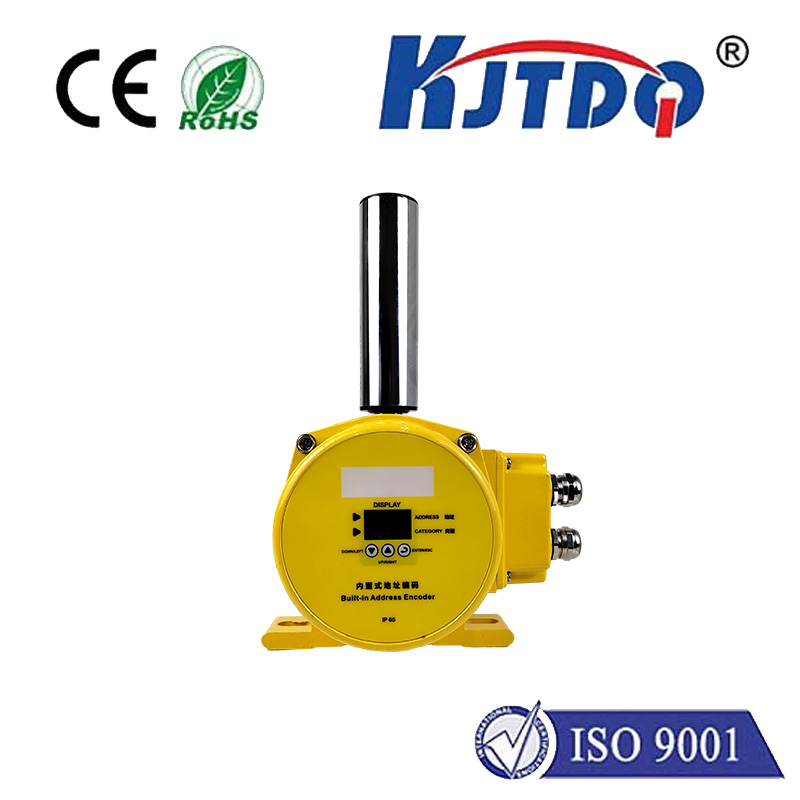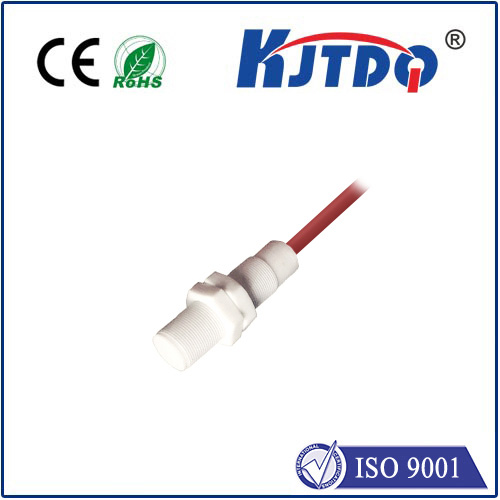SLKG2K-F Pull rope switch
- time:2025-09-23 07:34:30
- Click:0
SLKG2K-F Pull Rope Switch: Your Lifeline for Robust Conveyor System Safety
Imagine a sprawling conveyor system, a vital artery transporting tons of material per hour. Suddenly, a worker notices debris snagging, potentially causing a catastrophic jam or, worse, an approaching hazard. Seconds count. This is the precise moment where the unassuming yet critical SLKG2K-F Pull Rope Switch transforms into a lifeline. As a fundamental component of industrial safety systems – particularly in conveyor belt applications – this engineered emergency stop device provides a rapid, accessible means to halt operations before accidents escalate. Understanding its function, installation, and benefits is paramount for any facility prioritizing personnel safety and operational continuity.
What is a Pull Rope Switch?
At its core, a pull rope emergency stop switch, like the SLKG2K-F, is a safety mechanism designed to shut down machinery quickly in emergencies. It operates on a remarkably simple yet effective principle: a steel wire rope runs the entire length of the protected equipment zone, easily accessible to personnel anywhere along the line. This rope connects at intervals to specially designed actuating mechanisms (switches). If a hazardous situation arises – a worker entangled, material spillage, or equipment malfunction – anyone along the conveyor can forcefully pull the rope. This action triggers the connected SLKG2K-F switches, immediately sending a stop signal to the main control system, cutting power to the conveyor drive motor, and bringing the entire system to a halt.
Why the SLKG2K-F Model Stands Out in Conveyor Safety
While the basic pull rope concept is universal, the implementation makes all the difference. The SLKG2K-F represents a specific design focused on reliability and durability in demanding industrial environments:

- Robust Construction: Engineered for harsh conditions like mining, quarries, material handling plants, or dusty warehouses. Its housing typically offers high protection ratings (e.g., IP65/IP66), shielding internal components from dust, moisture, and mechanical impact.
- Positive-Action Switching: This critical safety feature ensures the switch definitely changes state upon rope pull. The contacts are designed to snap open or closed decisively, eliminating the risk of unreliable or “teasing” contact behavior that could compromise the emergency stop signal.
- Self-Monitoring Capabilities (often): Many modern switches, potentially including variants or configurations of the SLKG2K-F, incorporate self-checking circuits. They continuously monitor their own health and the integrity of the safety circuit, providing feedback to the control system. This is vital for detecting faults before an emergency arises.
- Rope Tension Integrity: The design ensures that the pull rope maintains consistent tension throughout its run. Slack rope, often caused by sagging or poor installation, can lead to delayed response or failure to actuate. The SLKG2K-F mechanism typically includes tensioning elements for reliable operation.
- Manual Reset Requirement: After activation, the SLKG2K-F switch cannot reset automatically. This crucial safety feature forces personnel to physically locate the exact tripped switch, investigate the cause of the activation, and manually reset it before restarting the system. This prevents accidental or unsafe restarts.
- Easy Installation & Alignment: Designed for straightforward integration along conveyor structures, often featuring mounting flexibility and clear visual indicators showing the switch status (Normal/Emergency Actuated).
Key Applications: Where the SLKG2K-F Pull Rope Switch Saves the Day
The primary domain of the SLKG2K-F is conveyor belt safety. It’s indispensable for:
- Long Horizontal Conveyors: Providing easily accessible emergency stops across vast distances where reaching a fixed stop button might be impossible.
- Inclined or Declined Conveyors: Ensuring safety at all points along the elevation change.
- Enclosed Conveyor Systems (Tunnels, Galleries): Offering the only practical emergency stop access within confined spaces.
- Processing Plants & Bulk Handling Facilities: Protecting workers around crushers, screens, transfer points, and stockpile areas served by conveyors.
- Packaging Lines & Assembly Systems: Where continuous motion presents pinch-point hazards.
Installation Imperatives: Safety Depends on Getting it Right
Proper installation of an SLKG2K-F pull rope system is non-negotiable for effective safety:
- Comprehensive Coverage: The rope must run the entire hazardous length of the conveyor, providing access within easy reach (typically within 2-3 feet) at all workstations and walkways. No blind spots allowed.
- Correct Mounting Height: Positioned ergonomically, usually between waist and shoulder height, allowing easy and instinctive activation.
- Adequate Rope Tension: Must be taut enough to activate the switch instantly with minimal pull force, yet not so tight as to cause premature wear or accidental triggering.
- Secure Anchor Points: End anchor points and intermediate rope guides/switches must be robustly fixed to withstand the maximum foreseeable pull force.
- Clear Signage: The pull rope path must be clearly marked, and its purpose (“Emergency Stop”) prominently indicated with standard safety signage.
Maintenance: Ensuring Your Lifeline Remains Intact
Like any critical safety component, the SLKG2K-F system demands regular attention:
- Routine Visual Inspections: Check the entire rope run for kinks, fraying, corrosion, or damage. Ensure all switch housings are intact and secure.
- Functional Testing: Regularly simulate an emergency pull at different points along the rope. Verify the conveyor stops instantly, the correct switch(es) trip visually, and the system cannot restart without manual reset.
- Check Tension: Ensure the rope remains adequately tensioned.
- Cleanliness: Keep switches free from excessive dust or buildup that could impede movement.
- Documentation: Maintain logs of all inspections and tests.
Compliance: Meeting the Safety Standard Mandate
Industrial safety is heavily regulated globally. Installing safety components like the SLKG2K-F Pull Rope Switch isn’t just best practice; it’s often mandated to comply with stringent standards such as ISO 13850 (Safety of machinery — Emergency stop function — Principles for design), IEC 60204-1 (Safety of machinery — Electrical equipment of machines), and specific local regulations (OSHA, ANSI, etc.). Choosing components designed and certified to meet these standards is essential for legal compliance and ensuring the highest level of personnel protection.
The Tangible Value Proposition
Investing in a robust SLKG2K-F Pull Rope Switch system delivers measurable benefits beyond regulatory compliance:
- Enhanced Personnel Safety: Drastically reduces the risk of severe injury or fatality by enabling immediate equipment shutdown from any location.
- Reduced Equipment Damage: Prevents catastrophic damage caused by jams, overloads, or fire by allowing swift intervention.
- Minimized Downtime: While stopping the line is disruptive, uncontrolled accidents cause far longer shutdowns for repairs, investigation, and cleanup.
- Boosted Operational Confidence: Workers feel safer knowing they have a reliable means to stop the machine instantly, fostering a stronger safety culture.
- Lower Liability Risk: Demonstrates a proactive commitment to safety, mitigating potential legal and financial repercussions from accidents.
In the relentless environment of bulk material handling and conveyor operations, the SLKG2K-F Pull Rope Switch is far more than just a component; it’s a fundamental safeguard, a distributed emergency stop system engineered for accessibility and reliability. Its robust design and fail-safe operation provide the critical seconds needed to prevent minor incidents from becoming major tragedies. Proper selection, meticulous installation, and diligent maintenance of this vital safety device are essential investments in protecting your most valuable assets: your people and your operations.









